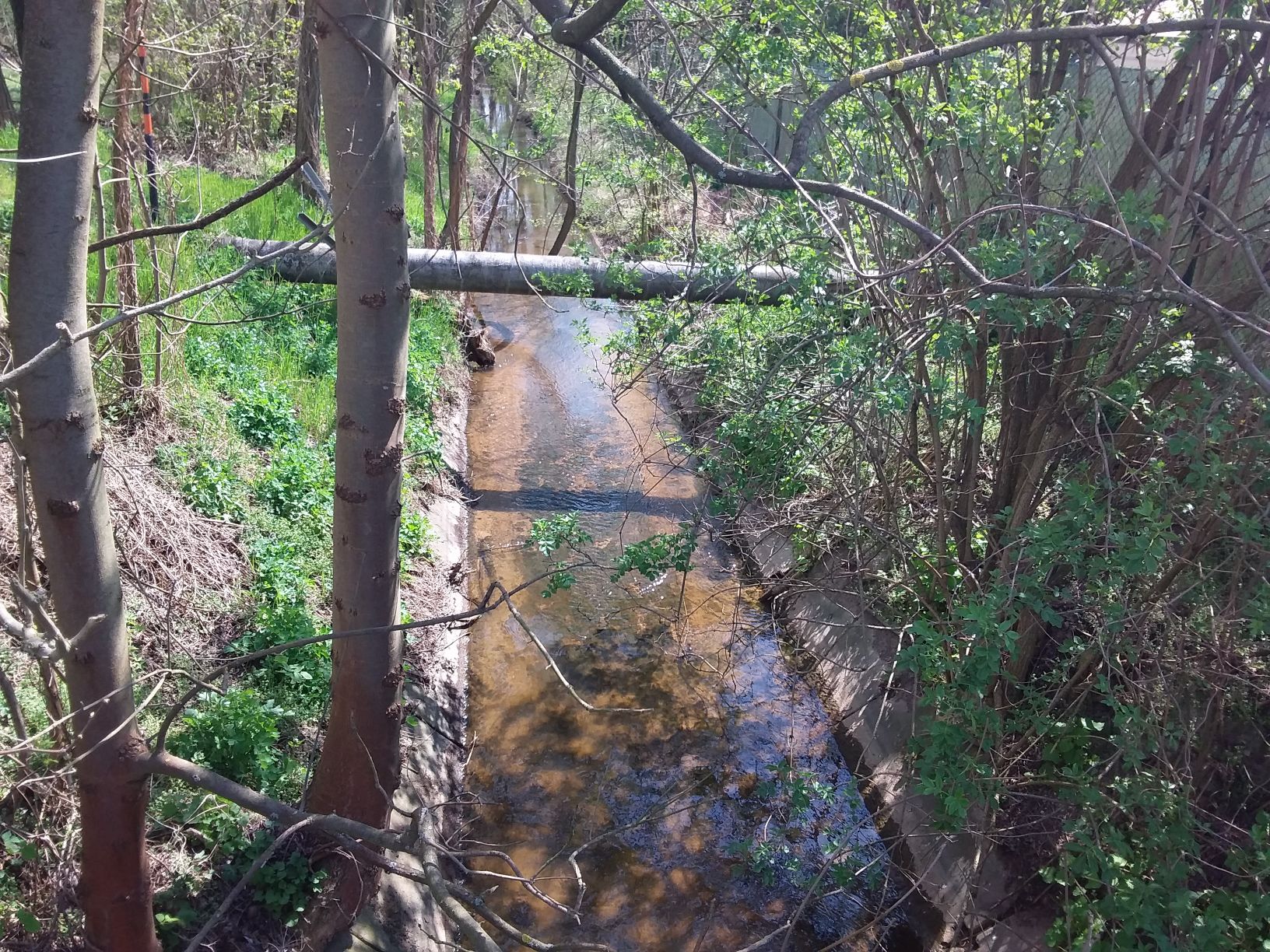EURECA
Good Practices


 Pictures:
Pictures:Before regeneration - After regeneration - a small pool and meanders
Photos taken by Jiří Janoš and Michaela Vachunová
Regeneration of Bukovka River’s water flow in Živanice
Country:Main Subject:
Description:
The Czech Republic aims to improve water management practices by prioritizing water retention in its "National Action Plan," with the goal of rectifying past mistakes that prioritized rapid drainage through extensive drainage systems for intensive farming. This historical approach resulted in significant water loss, estimated at around 10 million cubic meters annually.
Watercourse regeneration involves correcting previous alterations to return them to a more natural state, thereby restoring the original function of aquatic ecosystems. This process not only promotes ecological rehabilitation but also conserves water in the landscape, aiding in drought resilience and flood prevention.
Regeneration projects typically involve construction measures guided by a comprehensive plan developed by authorized water works professionals and informed by water consultations. These projects consider factors like river morphology, hydromorphological types, and historical watercourse patterns. They aim to design watercourses to match these characteristics, often incorporating hydromorphological and water analyses alongside nature assessments.
The Czech Republic has a planned network for rewilding rivers and streams, exemplified by the "Bukovka" watercourse regeneration initiative in the Živanice municipality. This project seeks to restore the natural shape of the stream, including the creation of seven small pools (three with flowing water) and wetlands to increase water retention.
Historically, the Bukovka watercourse was straightened and lined with impermeable concrete, hindering water absorption into the soil. Regeneration efforts focus on returning the stream to its original state to enhance water retention. Measures include roughening the streambed, creating meanders to slow water flow, and promoting the formation of wetlands and ponds.
Additionally, replacing concrete with natural materials improves water self-purification, as rough surfaces facilitate greater contact between water and the streambed, enhancing purification processes. This rewilding effort not only benefits the environment but also improves community well-being, providing residents with a pleasant space for relaxation.
Reference links:
SDG direct/ indirect short justification:
DIRECT SDGs:
- Sustainable water management (SDG 6)
INDIRECT SDGs:
- Promote sustainable ecosystems and widen biodiversity (SDG 15)
- sustainable and safe human settlements (SDG 11)
Justification
- SDG 6 With good water management it is possible to keep water in the landscape and improve groundwater level.
- SDG 15 Return back to natural biodiversity and widens the ecosystem.
- SDG 11 Sustainable rural communities.
Keywords:
City:
Questions:
- What are the benefits of watercourse restoration?
- What are the drawbacks of using concrete materials?
- What factors contribute to enhanced water retention?
Additional comments:
The natural function of the landscape has been strengthened; and biodiversity has been restored. This rewilding has improved habitat diversity and living conditions for aquatic organisms.
Authors:
Jiří Janoš, Michaela Vachunová and Roxana Vachunová
Spolek absolventů a přátel zemědělské školy v Chrudimi z.s.




